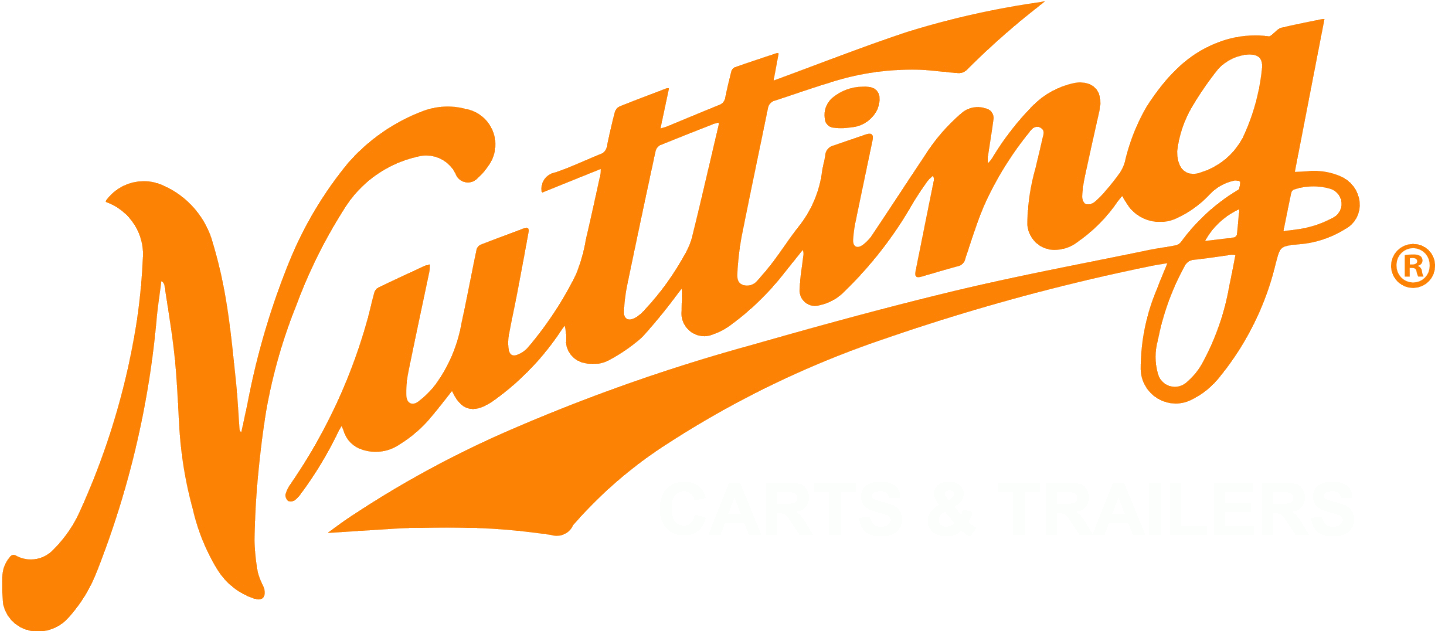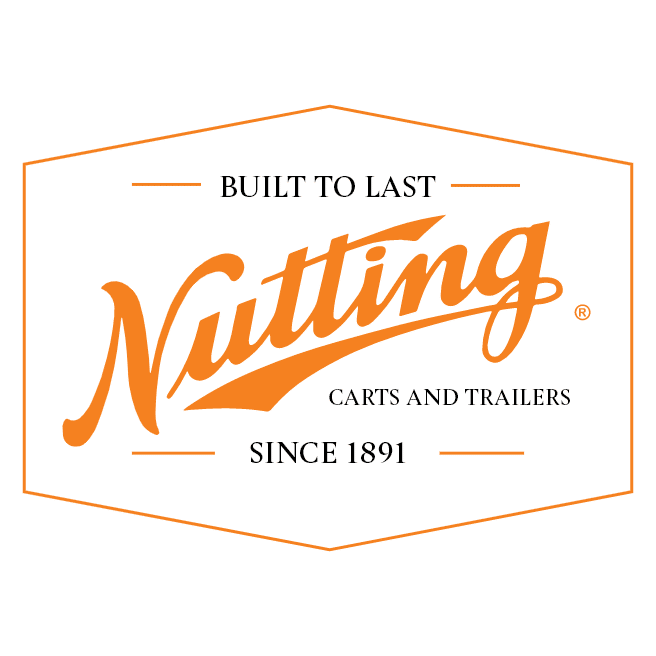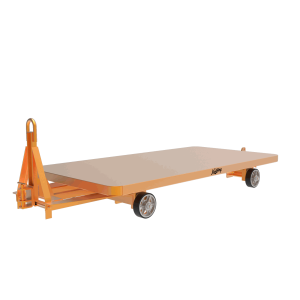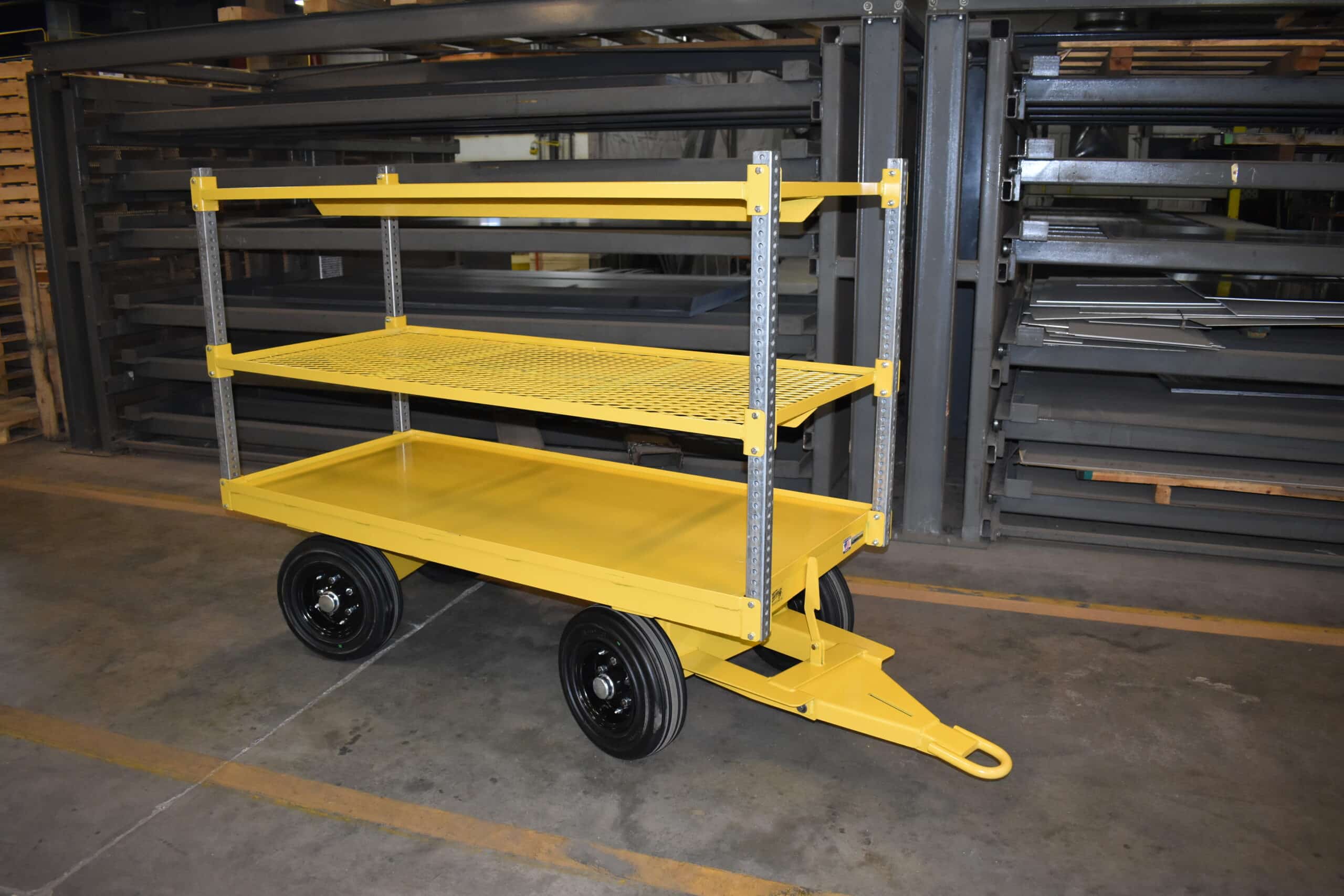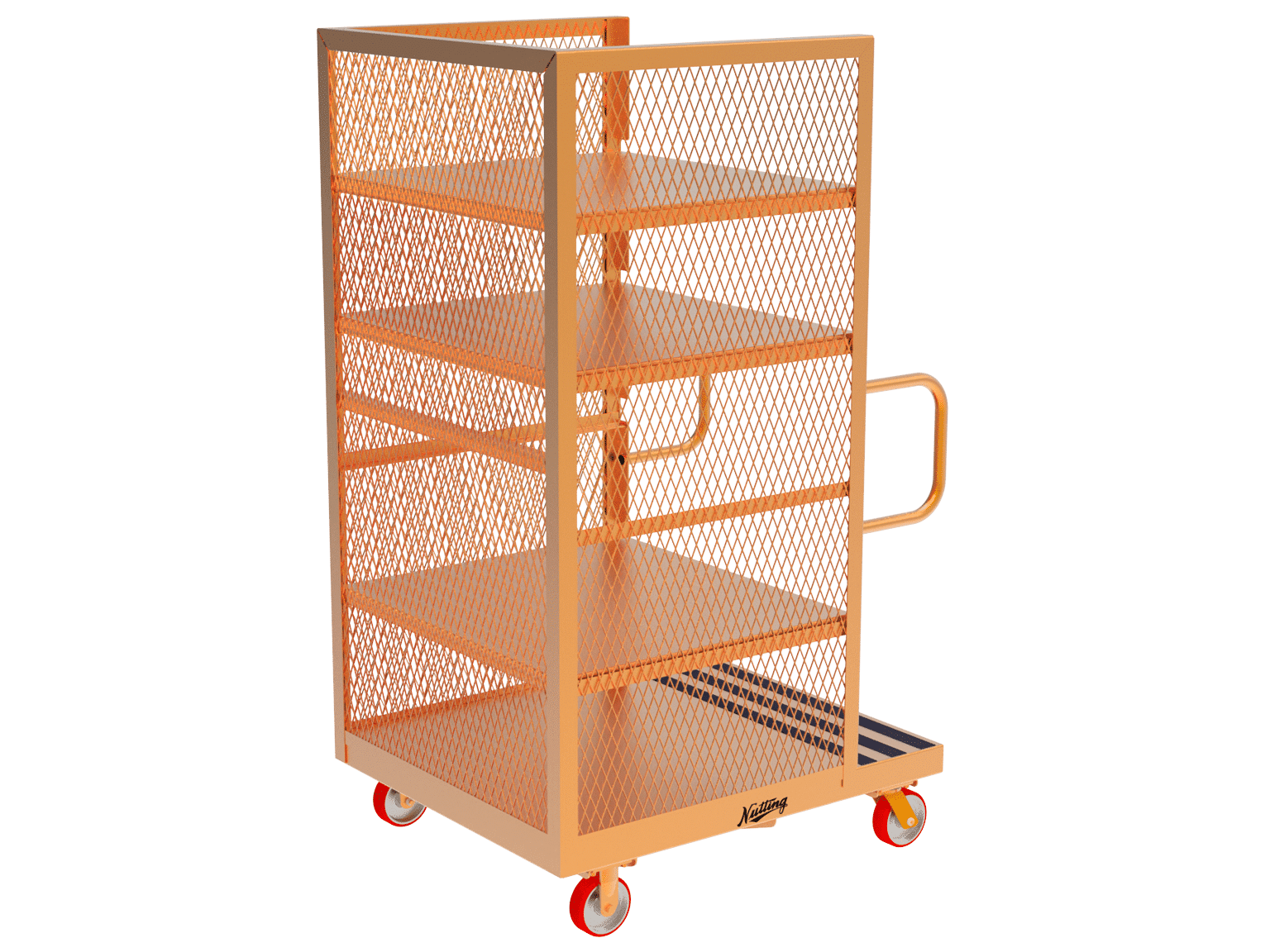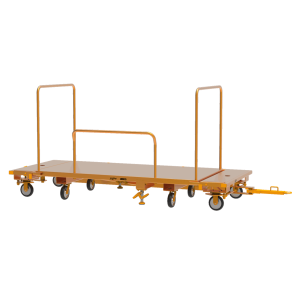How to Move Pallets Manually Without Using a Forklift
Manual pallet jacks, stackers, and carts are a safe and easy way to move pallet loads and heavy objects without a forklift. Learn which is ideal for you.
An efficient and safe warehousing operation is key to the success of your business. Pallet jacks (also called hand trucks, pallet trucks, pallet dollies, or jack lifts), working in conjunction with pallet stackers and pallet carts, are a safe and efficient way to move pallets around a facility without using a forklift.
These systems offer various customization options to suit your specific needs while reducing the time spent moving pallets around. However, not all work sites are created equal. Read on for a breakdown of which type of system is ideal for your warehousing challenges.
The tools you need to move pallets without a forklift
To begin, here are the tools required to move pallets in systems where no forklift is needed.
Pallet Jacks
A manual pallet jack is a pallet loader that can be operated by hand. It typically consists of a handle with a control lever attached to a hydraulic pump that drives the forks. The forks are two prongs with rollers that slide into the pallets. At this point, the operator ratchets the handle up and down to lift the pallet off the ground. It can then be safely pushed or pulled to the desired location. Electric pallet jacks work the same way with the addition of a battery-powered engine to hoist the pallet. The operator can then move the load similarly to the manual pallet jack.
Pallet jacks can move (but not stack) one or two pallets at a time with a single operator.
Pallet Stackers
‘Walkie’ or pallet stackers are functionally walk-behind forklifts. They use motors or hand-operated hydraulics to lift and stack heavy pallets. Stackers have a mast with prongs that raise their loads to the desired height. While most have wheels, they are not equipped to move material loads around the warehouse more than short distances.
Pallet Carts
Towable pallet carts are exactly what they sound like: heavy-duty material handling carts designed to hold industrial pallets, usually with corner railings to hold the pallets in place. In addition, these carts can be connected to form a rail-less train system that can then be towed either by a motorized tug or manually. Using a stacker, multiple pallets can be placed on carts enabling a greater number of pallets to be moved around the warehouse simultaneously.
Pallet carts are customizable to accommodate single or double pallet loads, engineered to seamlessly integrate with your existing warehouse operation.
When You Need a Forklift and When You Don’t
While forklift trucks are a powerful tool for moving heavy objects, they aren’t always necessary. There are many situations where a pallet jack is a better solution. Knowing which options are best for your application can save you time and money in the long run. That’s why it’s essential to consult an expert before purchasing.
You may need a forklift if:
You are operating on uneven terrain like a construction site. Manual pallet jacks require a smooth surface to function safely.
You need maximum height and load capacity. Forklifts can handle heavier pallet loads, moving more materials at one time.
Your forklift operators work for an extended period. Since the driver can sit, fatigue is less of an issue.
You need a heavy-duty stacker to raise pallets into place or lift workers to carry out overhead tasks.
You may not need a forklift if:
You have limited space to maneuver in your warehouse. Jack and cart systems can fit into aisles that no forklift can.
Your shipping operation uses a loading dock truck drivers can pull up to or trucks with liftgates.
You need an affordable, durable, easy-to-handle pallet-moving option. New forklifts can cost anywhere from $20,000-$50,000.
You have limited storage space. You can store pallet jacks, stackers, and carts in small spaces, while forklifts take up more space and require recharging or refueling stations within the facility.
Nutting Pallet Carts Improve Your Warehouse’s Efficiency and Safety
Using forklifts to move heavy loads around your warehouse or distribution center can be dangerous and time-consuming. That’s where our pallet carts come in. Nutting offers both single-pallet and double-pallet carts, as well as customizable options to suit the specific needs of your operation. Our pallet carts are built with safety, ergonomics, and OSHA regulations in mind. Our team of experts can help you select the suitable model for your facility and material handling needs.
Engineered to integrate with your existing operation seamlessly, our carts can be customized with various features to accommodate different types of loads.
Nutting has over 100 years of experience designing and manufacturing high-quality pallet carts, so you can be confident that you’re getting the best possible product for your needs. Contact us today to learn more about our pallet carts and how they can improve operational efficiency in your warehouse or distribution center.